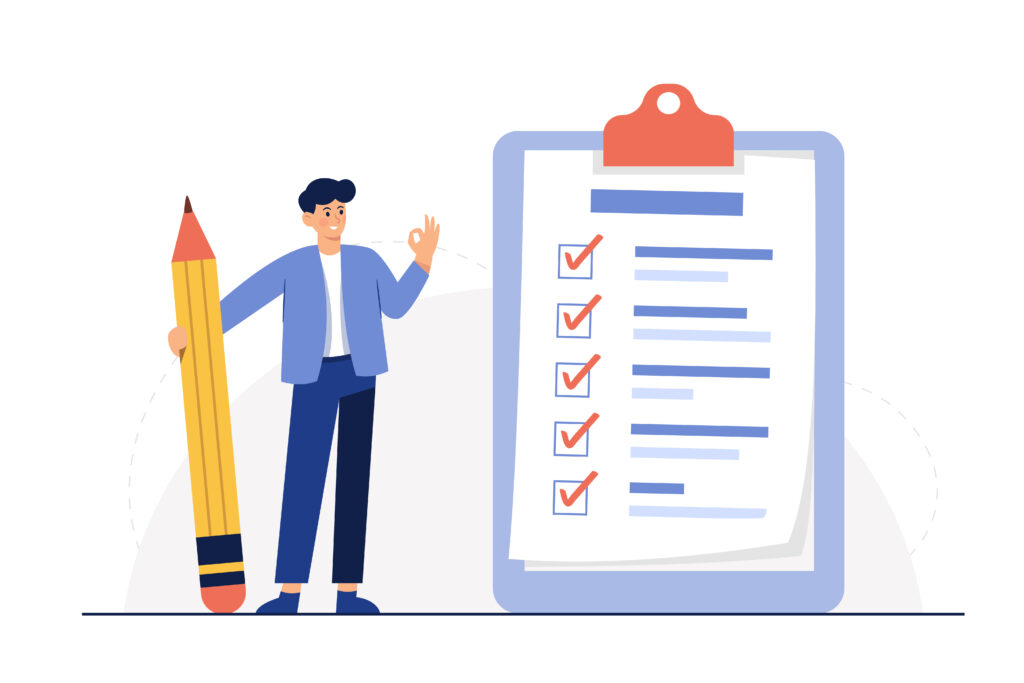If you’re an educational marketer who has ever launched a K12 email campaign only to receive dismal open rates or a barrage of bounces, you’re not alone. Many brands waste significant time and budget on poor-quality contact lists—only to see minimal ROI and a damaged sender reputation.
But here’s the truth: the problem often isn’t the campaign itself—it’s the list behind it.
Investing in a high-quality K12 email list is crucial for effective outreach in the education sector. With accurate data, up-to-date contacts, and compliance in place, your campaigns can land in the right inboxes and generate real engagement. In this blog, we’ll walk you through a comprehensive checklist to evaluate any K12 email list before you buy—so you don’t risk your reputation or results.
Why Quality Matters?
Choosing the wrong email list provider can derail your entire campaign. Here’s why a low-quality list can be more damaging than you think:
- Low Engagement Rates: Outdated or irrelevant contacts lead to poor open and click-through rates.
- Deliverability Issues: Too many bounces can lower your sender score, getting your emails flagged as spam.
- Wasted Resources: Marketing budgets go down the drain when you target the wrong audience.
- Legal Risks: Non-compliant lists can expose you to fines and penalties under laws like CAN-SPAM and GDPR.
- Brand Damage: Sending emails to the wrong recipients can annoy educators and harm your credibility.
Bottom line? A cheap, outdated list can cost far more in missed opportunities and reputational damage than a verified, accurate one.
The Essential Checklist: What Makes a High-Quality K12 Email List?
When evaluating a potential provider, use this 7-point checklist to ensure you’re getting reliable, compliant, and effective data.
1. Data Accuracy: The Foundation of Effective Outreach
A high-quality K12 email list starts with educational data accuracy. This means:
- Correct email addresses
- Valid job titles (e.g., 3rd-grade teacher, IT director, school counselor)
- Accurate school affiliations and district information
Due to frequent staffing changes in schools, outdated data is a common issue. Ask your provider:
- How often is the data verified and updated?
- What methods are used to clean and validate the data?
Educational data accuracy is paramount for reaching the right contacts and maximizing your campaign ROI.
2. Freshness for Relevance
Data can become stale quickly. Staff retire, change schools, or move districts. Fresh data ensures relevance.
- Ask how recently the list was updated.
- Confirm whether updates occur quarterly, monthly, or in real-time.
- Avoid providers offering “lifetime access” with no update guarantee.
3. Compliance is Non-Negotiable (CAN-SPAM, GDPR, and Beyond)
K12 list compliance is more than a checkbox—it’s a legal obligation. Your provider should follow regulations such as:
- CAN-SPAM (US): Requires opt-out options and prohibits deceptive subject lines.
- GDPR (EU): Demands consent and transparency when handling personal data.
Ask:
- Does the list include only opted-in contacts?
- How is consent obtained and recorded?
- Can the provider explain their GDPR and CAN-SPAM compliance practices?
K12 list compliance with regulations like CAN-SPAM and GDPR is essential for avoiding costly fines and protecting your brand reputation.
4. Segmentation Options: Targeting for Impact
One-size-fits-all email blasts don’t work. Look for lists that allow segmentation by:
- Job title (teacher, principal, counselor, etc.)
- Subject taught (math, English, science)
- Grade level (K–5, 6–8, high school)
- Region or district type (urban, rural, large, small)
Granular targeting helps craft personalized messages that resonate—improving engagement and conversions.
5. Verification Processes: Minimizing Bounces
High bounce rates can trigger spam filters and hurt your deliverability. Reputable providers use:
- Syntax checks and domain validation
- Real-time email verification tools
- Ongoing cleansing of invalid or inactive addresses
Ask your provider:
- What verification steps do you take?
- What is your average bounce rate?
6. Transparency and Source of Data
You have a right to know where your data comes from. Ethical sourcing builds trust.
- Ask how and where the contacts were collected.
- Beware of vague or evasive answers.
- Avoid providers who scrape data from websites or social platforms without consent.
Transparency is a hallmark of a high-quality K12 email list.
7. Sample Availability and Guarantees (If Applicable)
Before making a large investment, test the waters.
- Request a small sample to evaluate formatting, accuracy, and relevance.
- Look for providers that offer deliverability or satisfaction guarantees.
This reduces risk and gives you confidence in the product.
IV. Questions to Ask Potential Email List Providers
- How often is your K12 email data updated?
- What processes do you have in place to ensure educational data accuracy?
- Can you explain your K12 list compliance procedures, particularly regarding CAN-SPAM and GDPR?
- What segmentation options are available for your high-quality K12 email list?
- Do you offer deliverability guarantees or sample data?
These questions can reveal a provider’s transparency, professionalism, and data reliability.
Conclusion
A successful K12 email campaign begins with the right list. When you prioritize educational data accuracy, compliance, and thoughtful segmentation, your outreach becomes smarter—and your results improve.
Think of a high-quality K12 email list not just as a marketing asset, but as the foundation for building trust, credibility, and long-term relationships with educators and decision-makers. In a sector where communication is key and inboxes are crowded, quality data gives your message the best chance to be seen, opened, and acted upon.
Don’t settle for generic or outdated lists. Empower your campaigns with reliable, compliant, and well-segmented data that aligns with your goals.
At K12 Lists, we’re committed to helping education marketers succeed with clean, compliant, and customized email lists that deliver results. Whether you’re targeting teachers, principals, district administrators, or other school staff, we have the data that drives meaningful engagement.
Start your outreach the right way—with confidence, clarity, and quality.





